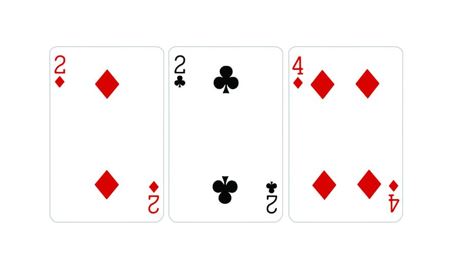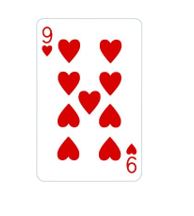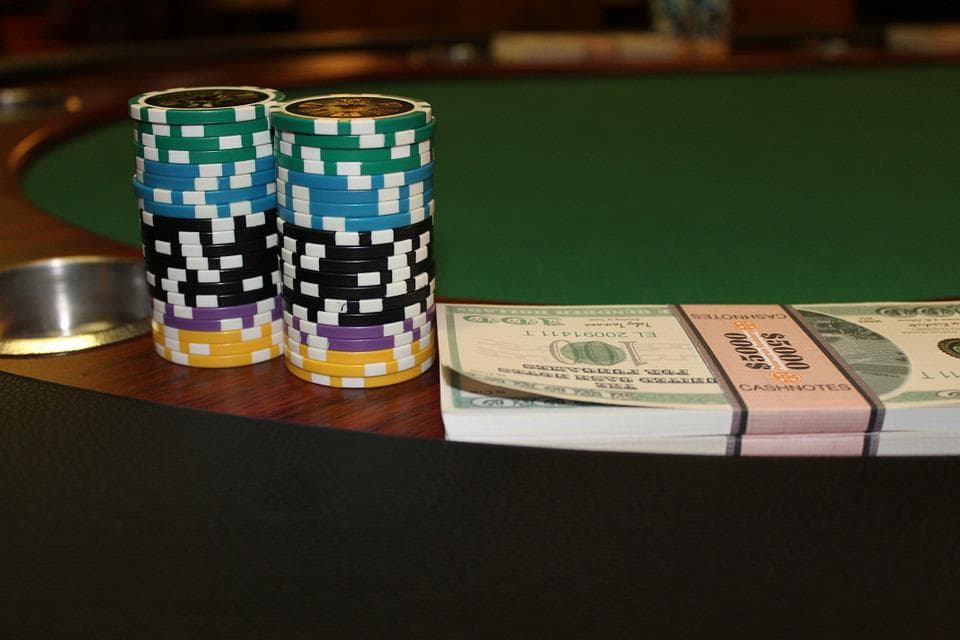Generating a decent win rate these days requires more than talent in one area. You can’t just be a great value bettor or bluffer and expect to maximise your hourly rate. One must be well rounded and find value in various strange and awkward scenarios. This leads us nicely to into this article theme on bluff catching. In the aggressive climate of today, bluff catching is an excellent weapon to pull out to extract value from LAGs, regs and donkeys. In this article we will share what bluff catching is and how to exercise it properly in cash games and tournaments.
What is Bluff Catching in Poker?
Essentially, the term “bluff catching” is phrase used for calling a hand down where you are only beating bluffs i.e. your opponent won’t value bet weaker than what you have.
When is it Right to Bluff Catch?
Generally, bluff catching works best when you’re out of position. The move is reliant on the assumption that your opponent is going to bluff. Therefore, you need to be checking and calling or calling if you are closing the action. Players generally have a higher bluff frequency in position so it stands to reason that bluff catching is more effective out of position.
It works best out of position when checking as you don’t want to be betting then getting raised either. Since bluff catching assumes your hand beats very little it is non-sensical to be donk-betting out into your opponent and inflating the pot unnecessarily. It is right to bluff catch when your facing opponents who have shown a propensity to bluff. It makes little sense to bluff catch a nit who nine times out of ten is only betting for value. In this scenario, you are not bluff catching but just paying off bets. You’re better off going for casino bonuses than paying off nitty grinders. So, as with most situations in poker, opponent type is very important.

An Example of Bluff Catching
To illustrate an example how bluff catching works, lets look at an example hand with comments after.
Blinds $0.50/$1.00
It folds to the button who makes it $3.He is a LAG type who is 6 tabling and tendency to barrel off and is playing $125. You call from the big blind with ace-ten off suit and $105.

The flop comes below and you check-call a bet of $4.

After calling the flop bet, the turn comes. You choose to check call again for $9.

Finally, the river comes and you check-call a bet of $15.

This scenario is a perfect example of bluff catching. Our aggressive opponent is opening the button with a wide range. You’ve defended with a strong ace-ten off suit. The paired flop is one we expect a LAG to c-bet often with so you’ve made a standard flop call. He has chosen to bet again on the turn when 6 turns. You’ve opted to call as he probably has a high turn bet frequency in this spot given we are likely to call flop bets a lot here. On the river, he has continued to bet. Our hand is now only a bluff catcher as there is no hand worse than ours that he would be betting for value. If we call here, we have to hope he has missed a flopped flush draw or has 2 random cards that have missed.
With a pot size on the river of $47.50, we need to be ahead 24% or more of the time based on the current pot odds ($15 to call divide by current pot size plus our call). Given our opponents tendency to barrel off and our perceived weak range (we didn’t even 3 bet pre-flop against button), this is a reasonable spot to call.
Conclusion
Bluff catching is just another arrow to add to your quiver in poker. By including this into your bag of tricks, you will be able to find profitable ways to exploit over-aggressive opponents. As stated before, playing out of position is one of the most challenging aspects of Texas Hold’em. But, with an extra play available to you now, you should be able to mitigate the losses.
A final disclaimer that this play is to be used sparingly, even against crazy LAGs. If an opponent has been caught bluffing two or three times against you, they are likely to revert to a more solid style of play. This play shouldn’t be used constantly with weak hands as you will go from using it profitably to being a pay off wizard. Finally, remember to correctly use pot odds at the hand concludes to ascertain whether a bluff catch is going to be profitable or not.

Image Source: Pixabay



